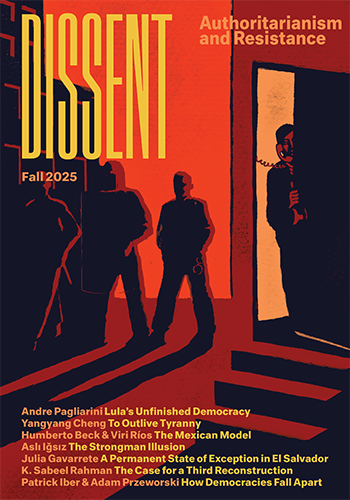Mental Hospitals and Social Theorists
Mental Hospitals and Social Theorists
A short time ago there appeared a 126-page monograph modestly entitled “Psychosis and Civilization” and written by Herbert Goldhamer and Andrew Marshall. This rather specialized statistical study, which would ordinarily be discussed only in the technical journals, was reviewed, somewhat surprisingly, in Commentary (December, 1953) by Nathan Glazer, who voiced an unqualified admiration for the work. I say, somewhat surprisingly, because Commentary in its “Study of Man” department often criticizes social science research and seldom applauds it. That Glazer should have felt so enthusiastic about this little book is cause for a certain curiosity.
“Psychosis and Civilization” is, within limits, an admirable job. It happens, however, that the hypothesis of its authors—that the rate of insanity is now no greater than it was a century ago—remains unproved. It remains unproved, not because they have failed to explore all the available data, but because it is an unprovable hypothesis. One cannot determine with any degree of accuracy the actual incidence of psychosis, and to be guided solely by the rate of first admissions to mental hospitals, as Goldhamer and Marshall have been, is nearly as misleading as to judge our crime rate by the prison population.
But putting such objections to one side for a moment, and assuming that Goldhamer and Marshall do show that the frequency of psychosis is constant, it is worth our while to see how variously such a dubious conclusion can be interpreted. For example the authors say, “Our findings give us warrant for emphasizing not that mental health is just as good today as it was in the past, but rather that mental health was just as bad in the past as it is now.” However, when these findings are popularized and politicized the emphasis, especially in Commentary, is reversed. Then it appears that since we will always have the mad with us, there is nothing so particularly stressful about our society as to derange a large percentage of Americans. The appeal that a highly vulnerable piece of social research has for the politically complacent is not hard to understand.
Glazer paraphrases the authors—up to a point; and thereby does them an injustice. He writes:
“All we can conclude, they say, is that there has been no great change in the conditions causing psychosis in this country in the past hundred years…. Another conclusion, they point out, is compatible with these results: that is, that in psychosis we deal with a condition which is independent of environmental circumstances, a condition dependent on heredity or physiological aberration, which, like some physical diseases, strikes a certain proportion of the population.”
Goldhamer and Marshall do say something like this, but they add something else which Glazer fails to mention:
“Theories that view the functional ps...
Subscribe now to read the full article
Online OnlyFor just $19.95 a year, get access to new issues and decades' worth of archives on our site.
|
Print + OnlineFor $35 a year, get new issues delivered to your door and access to our full online archives.
|






